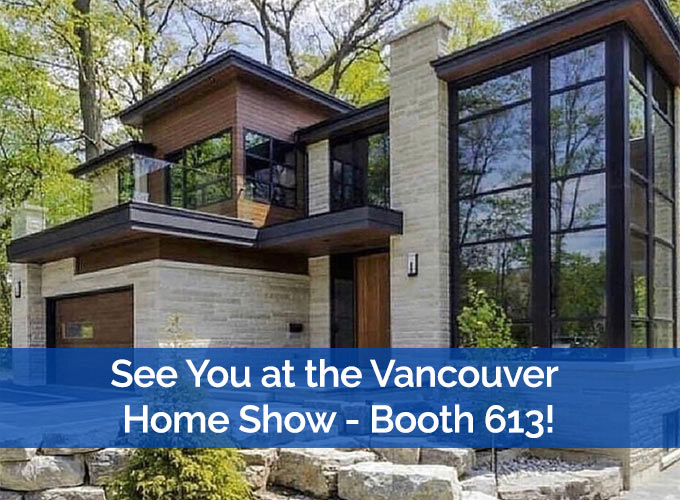The open-concept layout has become a popular architectural trend in contemporary custom homes and renovations, offering a spacious and versatile living environment that connects various areas of the home while enhancing the flow and functionality of the space. This modern design approach emphasizes openness, removing traditional barriers like walls and doors to create a seamless connection between rooms such as the kitchen, living room, and dining area. With its airy, light-filled aesthetic and exceptional adaptability, an open-concept floor plan can cater to various lifestyles and provide a welcoming atmosphere for family living and entertaining.
We understand the appeal of open-concept design and are committed to helping our clients create inviting, personalized living spaces that embody their unique preferences and needs. Crafting the perfect open-concept layout requires careful planning, innovative design solutions, and a keen understanding of how different elements and features can work together to produce a cohesive yet functional space.
In this article, we will explore key considerations for implementing open-concept designs in custom homes and renovations, including strategies for defining and organizing spaces, creating visual harmony, and ensuring proper lighting and ventilation. With our expert insights and guidance, you can transform your home into a stunning showcase of connected modern living that fosters connection, comfort, and style.
1. Defining and Organizing Open-Concept Spaces
One of the challenges in designing an open-concept layout is determining how to define and organize distinct areas within the space. Here are some tips to help achieve this:
- Use furniture placement: Strategically arranging furniture can help delineate different zones within the open-concept layout, such as positioning a couch or large sectional to separate the living area from the dining space.
- Incorporate area rugs: Utilizing area rugs can visually anchor the furniture and create cozy, defined spaces within the larger open-concept room.
- Employ architectural elements: Implementing elements like half-walls, columns, or ceiling beams can add a sense of separation between areas without closing off the space entirely.
2. Creating Visual Harmony in Open-Concept Designs
Maintaining a cohesive look throughout the open-concept layout is essential for creating an inviting and harmonious atmosphere. Here's how you can achieve visual harmony in your open-concept home:
- Stick to a consistent colour palette: Swapping too many colours can make the space feel disjointed. Using a unified colour scheme will create a sense of flow and continuity from one area to another.
- Integrate coordinating materials and finishes: Consistent use of materials and finishes throughout the space, such as flooring, cabinetry, and countertops, will contribute to a unified, polished look.
- Maintain a common design theme: Embrace a unified design style, whether it's modern, traditional, or transitional, to ensure that the décor and furnishings in each area cohesively complement one another.
3. Lighting and Ventilation Considerations
Proper lighting and ventilation are crucial in open-concept designs, as they contribute to the overall comfort and functionality of the space. Keep these tips in mind when planning your open-concept layout:
- Layer lighting: Incorporate a mix of ambient, task, and accent lighting to create a well-lit, welcoming environment. Rely on a combination of ceiling lights, pendant lights, and floor lamps to achieve the desired effect.
- Maximize natural light: Take advantage of natural light sources, such as large windows and skylights, to brighten the space and create a warm, inviting atmosphere.
- Ensure proper ventilation: Open-concept kitchens require efficient ventilation systems to prevent cooking odours and smoke from permeating the entire living area. Consider a high-performance range hood or downdraft vent for optimal air circulation.
4. Balancing Form and Function
While creating a visually appealing open-concept space is important, it's equally essential to ensure the space is highly functional and practical. Pay attention to the following aspects:
- Optimize storage solutions: Include clever storage options like built-in shelves, cabinets, and multipurpose furniture to keep clutter at bay and maintain a clean, organized look.
- Provide ample circulation space: Ensure there's sufficient room for movement by considering the placement of furniture and walking paths. This will contribute to the overall flow and ease of navigation within the space.
- Plan for acoustic control: Open-concept designs can generate more noise due to their interconnected nature. Incorporate sound-absorbing materials like carpeting, upholstered furnishings, and acoustic panels to help dampen noise and enhance acoustic comfort.
Conclusion
An open-concept design offers an excellent opportunity to create a spacious, versatile, and inviting living environment that seamlessly connects various areas of your home. By considering factors such as space definition, visual harmony, lighting, and functionality, you can successfully design a cohesive and comfortable space that caters to your lifestyle and design preferences.
Entrust Nicons Enterprises LTD., Vancouver's leading custom home builder and renovation company, with your open-concept design project. Our experienced team of professionals will work with you to bring your vision of connected modern living to life while carefully balancing aesthetics and practicality. Contact us today to embark on your journey toward a beautifully designed open-concept home or home renovation in Vancouver.





.jpg)

